AARP Hearing Center

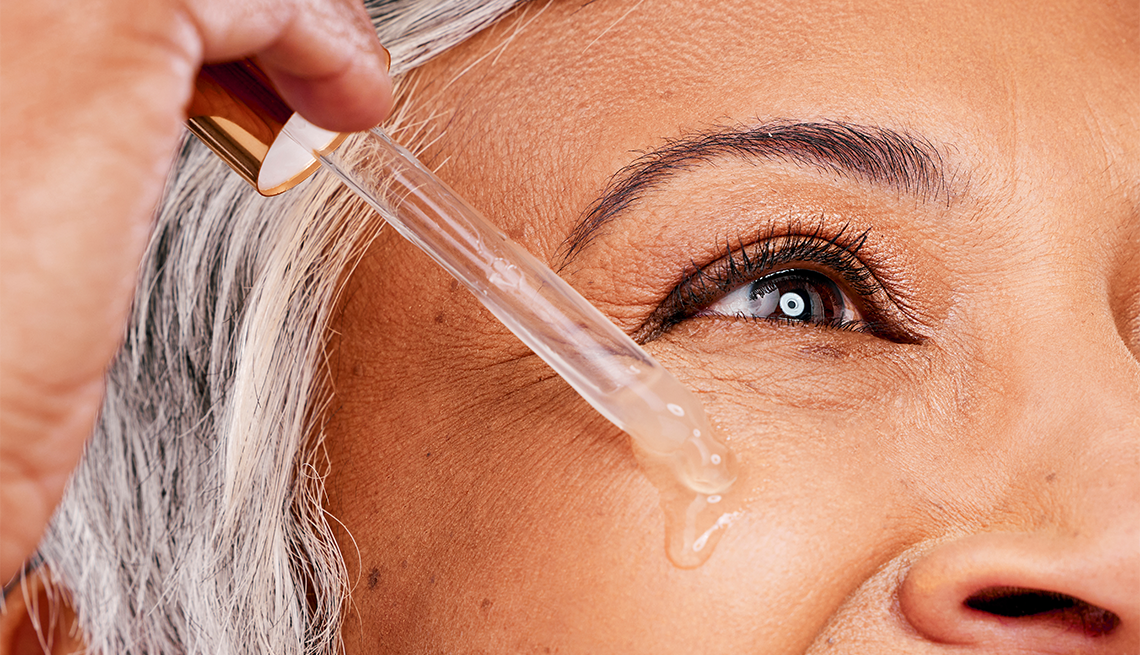
Whether you call them age spots, sunspots, liver spots or brown spots, women over 50 want them gone! These dots and splotches of darker skin — known as hyperpigmentation — are caused mainly by cumulative sun damage. However, the good news is they can be significantly reduced or even deleted. You have two choices. One is to make them a DIY at-home project, which is painless, less expensive and has no downtime but requires some patience. The other option is the dermatological route of in-office procedures. These are costly and uncomfortable, often requiring downtime but offering more immediate results. Here’s expert advice from four board-certified dermatologists — Christine Choi Kim of Los Angeles; Corey L. Hartman, M.D., of Birmingham, Alabama; Jessie Cheung, M.D., of Chicago and New York City; and Joshua Zeichner, M.D., of New York City — plus a few beauty editor tips from me who, like you, is dealing with dark spots.
1. Make SPF 30+ sunscreen a daily habit.
Sun protection is essential for banishing dark spots, and here’s why. Past sun exposure caused the problem, and continued exposure activates new spots and darkens old ones — even those previously treated with topical serums, creams and dermatological procedures. “Brown spots have a tendency to recur, regardless of how they are treated — by laser, IPL, chemical peels or liquid nitrogen,” Kim says. “Therefore, sun protection year-round is an absolute must for preventing new spots and protecting skin that has been treated. I recommend sunscreens containing titanium dioxide and zinc oxide because they offer superior broad-spectrum protection from UVA and UVB rays, are less allergenic than chemical sunscreens and are not harmful to marine life. The American Academy of Dermatology recommends using a sunscreen with an SPF of at least 30, which blocks 97 percent of UVB rays.” Like Kim, many dermatologists now suggest a mineral sunscreen that sits on top of the skin and deflects UV rays instead of chemical sunscreens, which absorb them. However, your best sunscreen for avoiding brown spots will be the one you use — whether mineral or chemical. Apply a “face” sunscreen to any area visible and vulnerable to the sun while dressed, including your hands, neck and chest. Try a lightweight no-residue mineral formula like EltaMD UV Daily SPF40 Broad Spectrum Moisturizing Facial Sunscreen($37, target.com) and Eucerin Sun Tinted Mineral Face Sunscreen Lotion SPF 35 ($19, cvs.com) as the last step in your skincare. Or for those who prefer a chemical sunscreen, try e.l.f Skin Suntouchable Invisible Sunscreen SPF 35 & Primer ($14, ulta.com) with aloe or L’Oréal Paris Bright Reveal Broad Spectrum SPF 50 Sunscreen ($33, walgreens.com). All work effectively alone or under makeup. No more excuses!


2. Check your spots with a dermatologist before going DIY.
If you opt for at-home dark spot treatment and have not had a yearly skin cancer check, schedule one. “Many spots are harmless benign moles and growths, but it takes a trained eye to discover whether a brown spot is normal or should be examined more closely,” Kim explains. “If your dermatologist thinks a spot looks suspicious, she may recommend a biopsy.” Hold off on taking those discolorations into your own hands until you get the green light from your doctor.

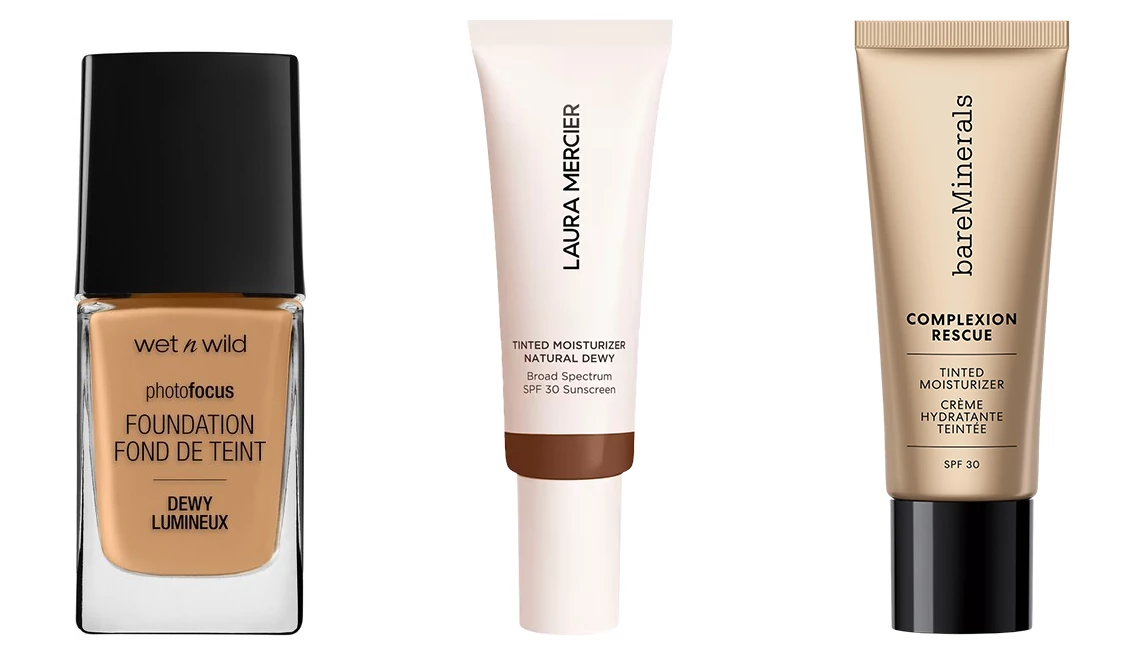
3. Cover them with makeup.
Discolorations after 50 are annoying but expected. “Women of every skin color see changes in the color and texture of their skin as they get older. Some get dark spots, but others get light spots, and some develop broken blood vessels or red spots,” Hartman says. “And many get a combination of all three, which are called poikiloderma.” All discolorations can be camouflaged with makeup but avoid heavy full-coverage formulas and layers of concealer that look cakey and obvious. Instead, choose a foundation or tinted moisturizer that blurs spots and provides a healthy glow. A lightweight high-pigment formula with a wide range of skin-tone shades like bareMinerals Complexion Rescue Tinted Moisturizer with Hyaluronic Acid and Mineral SPF30 ($39, ulta.com) with 20 18 shades or Wet n Wild Photo Focus Dewy Foundation ($6, cvs.com) with 20 shades will do the job and look believable. Or try a hybrid makeup/sunscreen like the Laura Mercier Long-Wear Tinted Moisturizer Natural Dewy SPF30 with Hyaluronic Acid ($50, ulta.com) with 20 shades that can be easily reapplied without buildup concerns during the day.

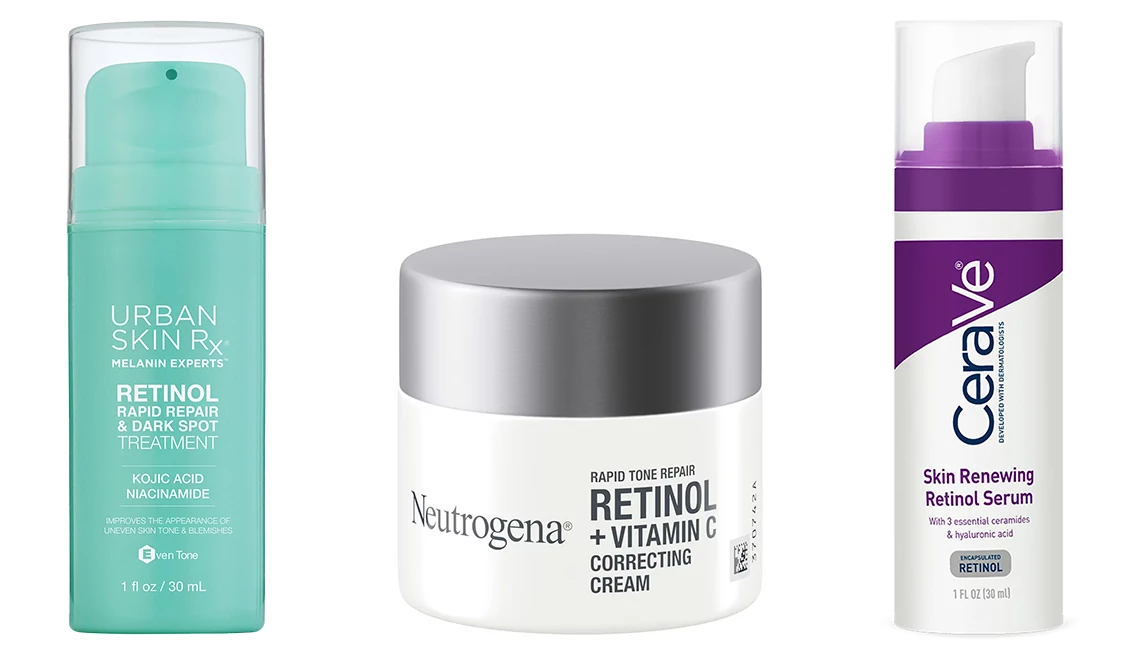
4. Add a multi-tasking retinol to your routine.
Retinol is an over-the-counter form of vitamin A (and a milder version of the prescription-only Retin-A) that’s proven to stimulate collagen production and smooth out lines and wrinkles. It also reduces the appearance of brown spots. That said, be patient. “Retinol minimizes brown spots by promoting cell turnover and decreasing free radicals and inflammation. It can, however, take weeks to months to notice a significant decrease in pigment,” says Cheung. Bottom line? Retinol works but only with consistent use. Look for updated retinol — in serums and creams — that include other skin-boosting ingredients. “Retinols that combine this power ingredient with other spot banishers like vitamin C, glycolic or lactic acid, niacinamide and hydrating hyaluronic acid are the newest,” says Zeichner. “It makes sense to prevent a recurrence by adding a physical sunscreen to a retinol regimen and to add a direct pigment suppressor like kojic acid or azelaic acid,” advises Cheung. Try Urban Skin Rx Retinol Rapid Repair & Dark Spot Treatment ($26, ulta.com) with kojic acid and niacinamide, Neutrogena Rapid Tone Repair Retinol + Vitamin C Face Cream ($42, walgreens.com) or CeraVe Skin Renewing Retinol Serum ($23, cvs.com) with niacinamide.































































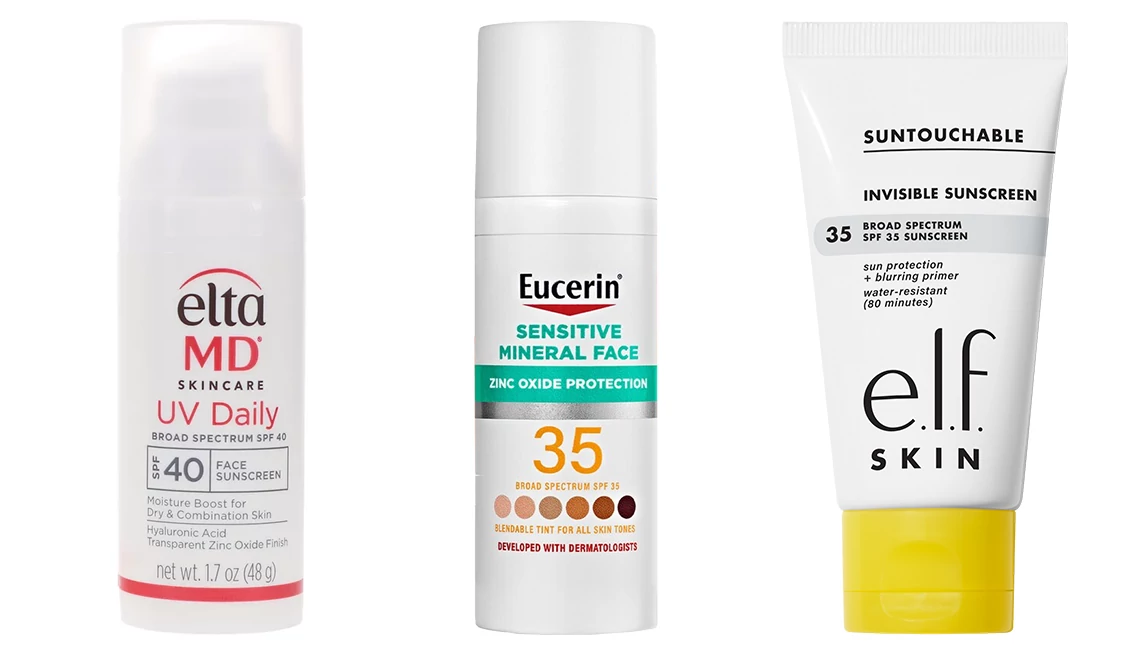
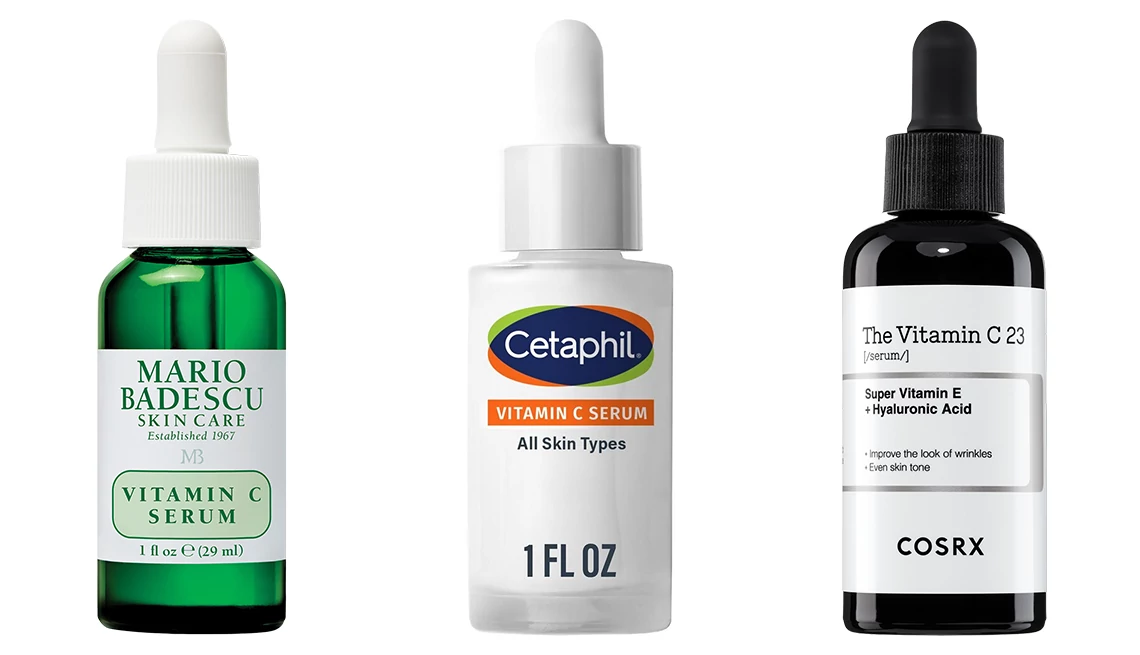
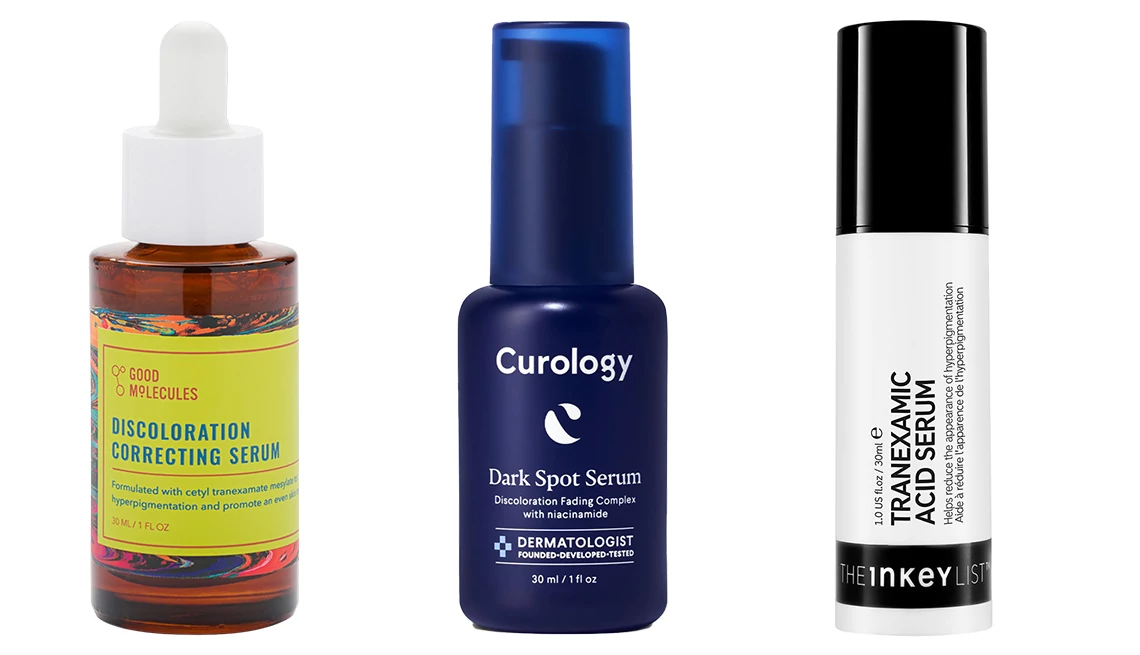








You Might Also Like
Best Hairstyles for Women Over 50 in 2025
Choose the best shape and length that flatters your features
My First Time ... Visiting a Plastic Surgeon
Newly single, I went looking for confidence at the end of a scalpel
How I Learned to Love My Age
‘It takes practice but admitting my age has become easier,’ says this writer